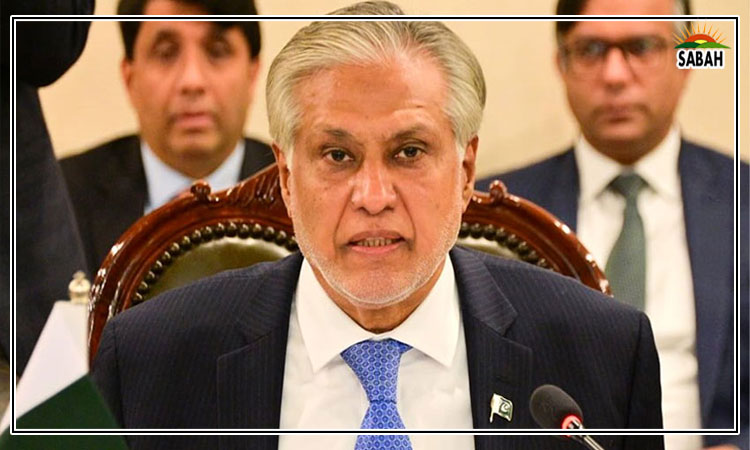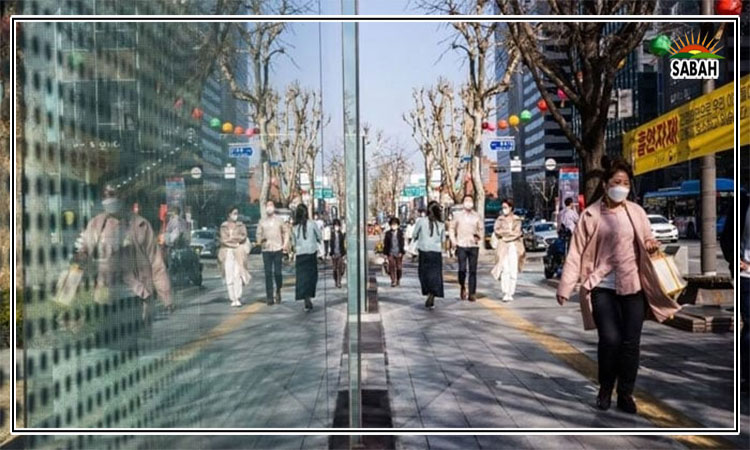Lessons from Asia …Yousuf Nazar
It is wise to remember the reasoning – associated with among others, the Indian Nobel Prize-winning economist Amartya Sen – that the question of whether democracy encourages or retards development is part of a false distinction. Democracy and institutional development are part of the development and so are not to be judged as drivers of it.
Some Pakistani intellectuals like Hamza Alvi attributed Pakistan’s problems to an “overdeveloped state” – a legacy inherited from the colonial era. However, this was true for many countries including South Korea, Taiwan, and Singapore. Taiwan was literally under martial law from 1948 to 1987. Perhaps, even that theory does not offer a sufficient explanation for Pakistan’s failures.
South Korea, Taiwan, Singapore, Malaysia, and Indonesia followed an authoritarian route for decades after the Second World War before moving towards democratization in the 1980s. China has been a one-party state but so has North Korea. India has been a vibrant – albeit occasionally chaotic – federal democracy since independence. Hence, it is difficult to argue whether democracy or authoritarianism alone can explain Asia’s economic miracle.
Vietnam’s GDP has grown by an average rate of 7.0 per cent annually in the past three decades, surpassing all its regional peers. The Southeast Asian country, with 100 million people, has been under authoritarian rule for decades. On March 21, Vietnam’s government announced the resignation of its second president in as many years amid an anti-corruption drive. The position of president in Vietnam is largely ceremonial and ranks third in the country’s political hierarchy. The most powerful position is that of Communist Party general secretary, a post held since 2011 by Nguyen Phu Trong, who is 79.
On March 22, the US food and drink maker PepsiCo committed to investing an additional $400 million in Vietnam to build two new plants powered by renewable energy. The announcement came as delegations of more than 60 American companies, including PepsiCo, paid a three-day work visit to Vietnam.
Vietnam attracted around $36.6 billion in foreign investment in 2023, a rise of 32.1 per cent year on year. In 2023, the foreign direct investments (FDI) to Vietnam came from 111 countries and regions, led by Singapore with over $6.9 billion, accounting for 18.6 per cent of the total FDI inflow.
Vietnam welcomes foreigners despite having an authoritarian political system. Socially, it has a relatively open and liberal society. Facebook is the most popular social media platform in the country. Vietnam currently offers visa-free travel to citizens of (mostly Western) 25 countries.
In 2019, the tourism industry accounted for 12 per cent of the country’s GDP with international tourist spending of $12 billion. This year, Vietnam aims to welcome 18 million international tourists and generate $33.9 billion in tourism revenue.
The lure of Vietnam for foreign investors and tourists alike is understandable. Vietnam has been a development success story. Economic reforms since the launch of Doi Moi in 1986, coupled with beneficial global trends, have helped propel Vietnam from being one of the world’s poorest nations to a middle-income economy in one generation, according to the World Bank.
When the 20-year Vietnam War ended in 1975, Vietnam’s economy was one of the poorest in the world, and growth under the government’s subsequent five-year central plans was anaemic.
Since the late 1980s, its communist government has overseen a transition from a controlled economy to a more open and capitalist model. It sought help from the IMF only thrice during its turbulent and violent history; the last time in 2001 for about $400 million extended credit facility.
According to Oxford Economics, a think tank, Vietnam’s three decades of remarkable growth can be largely attributed to the structural reforms introduced in the late 1980s. Known as Doi Moi (or ‘renovation’), the reform includes a set of policies covering agriculture, enterprises and international integration, aimed at shifting the economy away from central planning to a regulated market economy.
According to analysts at Brookings, a US think tank, Vietnam’s economic rise can be explained by three main factors: “First, it embraced trade liberalization with gusto. Second, it complemented external liberalization with domestic reforms through deregulation and lowering the cost of doing business. Finally, Viet Nam invested heavily in human and physical capital, predominantly through public investments.”
Vietnam’s allure as an investment destination and trade partner was not solely due to the reform. Vietnam has benefitted from its young and growing workforce (having a large female component) with competitive labour costs, it is strategically located along important maritime routes, and its politics are relatively stable and neutral.
Vietnam has become a major beneficiary of manufacturers’ efforts to ‘de-risk’ their exposure to China as geopolitical tensions between Beijing and the West mount. Foreign direct investment has soared. Big names including Dell, Google, Microsoft and Apple have all shifted parts of their supply chain to the country in recent years and are looking to do more as part of a ‘China plus one’ strategy.
Like India, Vietnam has developed economic relations with both China and the West with a relentless and single-minded focus on its economic development and trade interests. Both India and Vietnam have been among the fastest-growing countries globally for decades despite their strikingly different political systems. Pakistan can draw a few lessons from Asian success stories.
The writer is former head of Citigroup’s emerging markets investments and
author of ‘The Gathering Storm’.
Courtesy The News












